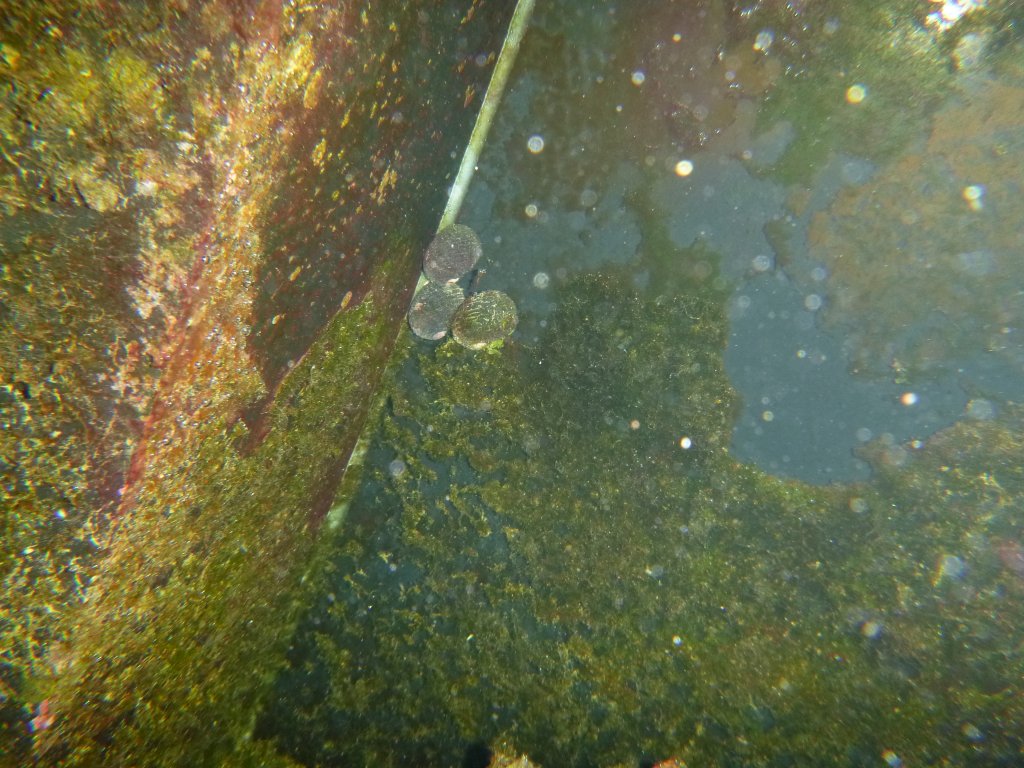Old Tank Syndrome - Some Pictures
by
, 08-25-2012 at 03:03 AM (7989 Views)
I can't figure out how to post pictures in comments (always asks for URL) so I'm going to post here instead.
Here is the cooking vat:
The one thing that is doing great through this whole thing is the Rose BTA. It has grown 4 times it's size in the same time period.
Notice the hair algae on the rocks and the hammer coral wasting away. This picture is actually underwater purchased an underwater camera for a trip to the Bahamas and it works well reeftank pictures.
Sick torch coral and cyano all over things.
Here is a shot of the sump. The bubble-king is nearly full after a day and a half.
The caulerpa grows well in the refugium.
The nerite snails seem to be fairing better then the other types, Mexican, Astrea, Cerith, etc. Notice the algae on the walls this is about 2 weeks worth of build up.














